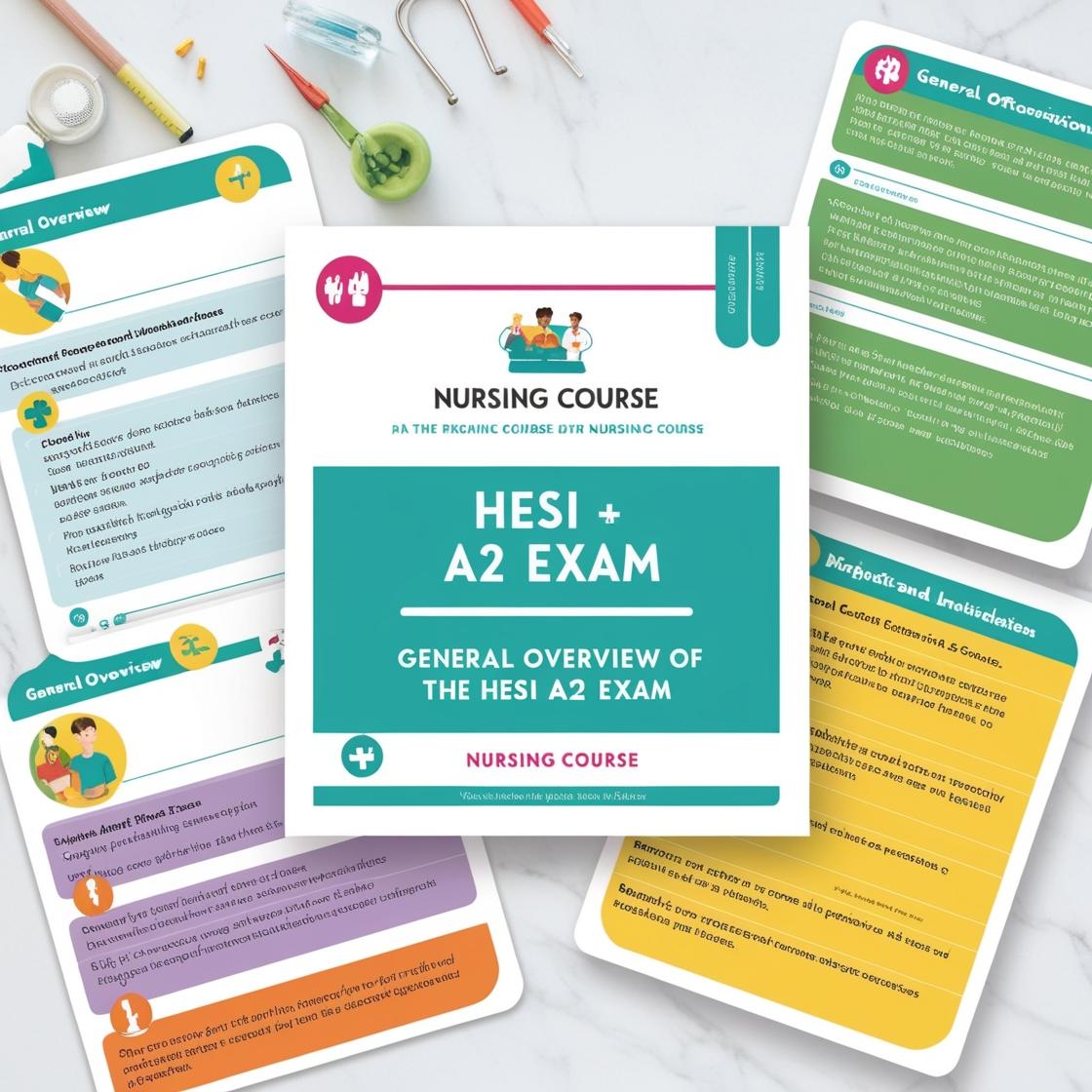HESI A2
HESI A2 Biology Practice Test 2024
1. What organelle do plant cells have that functions as storage, waste disposal, and protection?
- A. Nucleus
- B. Mitochondria
- C. Vacuoles
- D. Ribosomes
Correct answer: C
Rationale: Correct! Plant cells have vacuoles that serve as storage centers, help in waste disposal by containing and isolating harmful materials, and contribute to protection by storing toxic substances. The other choices are incorrect because the nucleus contains genetic material, mitochondria are responsible for energy production, and ribosomes are involved in protein synthesis.
2. Where is the site of cellular respiration in eukaryotic cells?
- A. Nucleus
- B. Chloroplasts
- C. Mitochondria
- D. Ribosomes
Correct answer: C
Rationale: The correct answer is C: Mitochondria. Mitochondria are often referred to as the powerhouse of the cell because they are responsible for cellular respiration in eukaryotic cells. During cellular respiration, mitochondria generate energy in the form of ATP. Choices A, B, and D are incorrect. The nucleus is the organelle that houses the cell's genetic material, chloroplasts are responsible for photosynthesis in plant cells, and ribosomes are involved in protein synthesis, not cellular respiration.
3. What are plasma membranes mostly made of?
- A. Proteins
- B. Carbohydrates
- C. Lipids
- D. Nucleotides
Correct answer: C
Rationale: The correct answer is C: Lipids. Plasma membranes are primarily composed of lipids, specifically phospholipids, which form a lipid bilayer. While proteins are also an essential component of plasma membranes, they are not the primary constituent. Carbohydrates are present on the outer surface of the membrane but are not the main structural component. Nucleotides are the building blocks of nucleic acids like DNA and RNA and are not the main constituents of plasma membranes.
4. What is the magnification of an ocular lens on a microscope?
- A. 4x
- B. 10x
- C. 40x
- D. 100x
Correct answer: B
Rationale: The magnification of an ocular lens on a microscope is typically 10x, which is considered standard for most microscopes. Ocular lenses are designed to magnify the image produced by the objective lens further. Choices A, C, and D are incorrect because they do not represent the standard magnification of an ocular lens. A magnification of 4x, 40x, or 100x would not be typical for an ocular lens in a microscope.
5. What is the main component of blood plasma?
- A. Proteins
- B. Water
- C. Red Blood Cells
- D. Platelets
Correct answer: B
Rationale: The correct answer is B: Water. Blood plasma is composed mostly of water, which acts as a solvent for various nutrients and substances. Choices A, C, and D are incorrect. Proteins are indeed present in blood plasma but are not the main component. Red blood cells and platelets are cellular components of blood, not the main component of blood plasma.

Access More Features
HESI A2 Basic
$89/ 30 days
- 3,000 Questions with answers
- 30 days access
HESI A2 Premium
$129.99/ 90 days
- Actual HESI A2 Questions
- 3,000 questions with answers
- 90 days access
